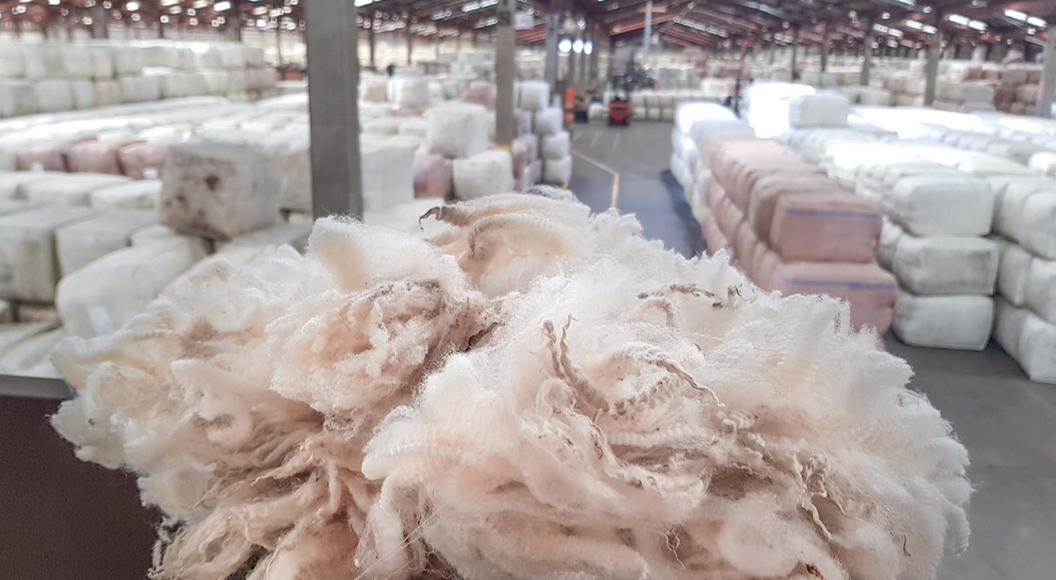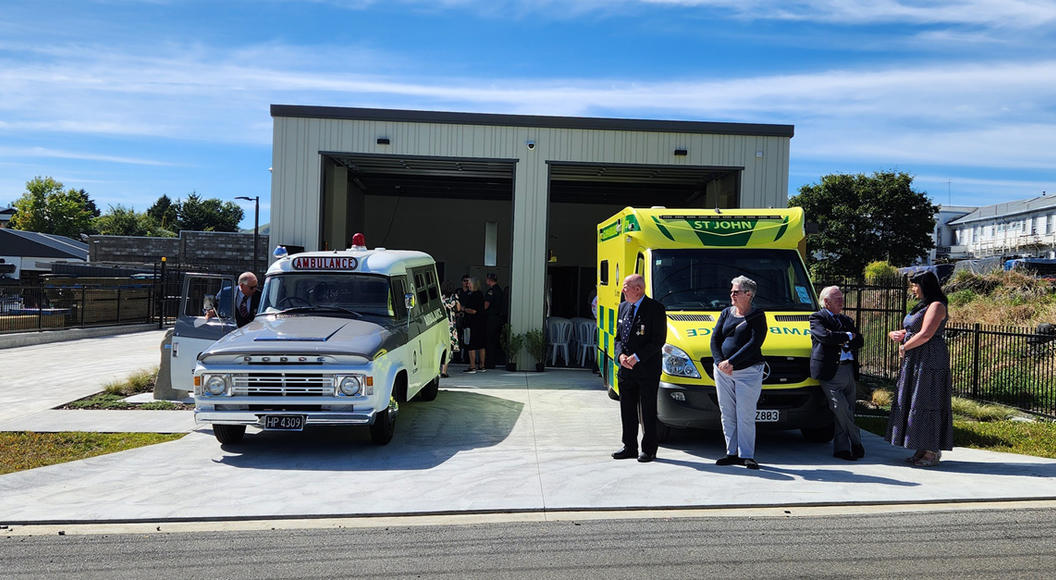
Carbon insetting – opportunity for wool growers to cement competitive advantage
Adapting to climate change and the global shift towards decarbonisation is a challenge for many sectors. However, as this occurs New Zealand wool growers may have a particular opportunity, outlined at the recent IWTO global conference in Adelaide.
Carbon offsetting is when an organisation seeks to compensate for greenhouse gas emissions by purchasing carbon credits from an entity outside its supply chain, that reduces or removes emissions from the atmosphere. Offsetting is not a replacement for reducing emissions, but is sometimes used to address emissions where a technical solution is not yet available.
Carbon insetting is where an organisation proactively supports or finances activity within its supply chain to achieve emission reduction targets. Insetting can be an efficient and effective way to deliver emission reduction targets, and is ideally suited to wool growers, says Lara Phillips, of Sydney based climate and nature investment and advisory firm Pollination Group, who presented on the topic during April’s IWTO conference.
“Organisations are setting science-based targets to reduce emissions in line with the global goals established to mitigate climate change.

“Insetting is an opportunity for New Zealand and Australian farmers to lead the world, and to enhance the value of the agricultural commodities they produce. Insetting is an opportunity for brands to collaborate with and support farmers and growers to make their land use and farming practices more productive and resilient, while also decarbonising their supply chain.”
Lara says established accounting standards for greenhouse gas emissions define three ‘scopes.’ Scope 1 covers direct emissions from owned or controlled sources, Scope 2 covers indirect emissions from the purchase and use of energy, and Scope 3 includes all other indirect emissions that occur in the upstream and downstream activities of an organisation.
“Companies are under increasing pressure to reduce Scope 3 emissions, which often account for more than 80 per cent of their total emissions. For most brands, addressing Scope 3 is necessary to achieve their targets and build their sustainability credentials.
“The world’s largest and most influential global fashion brands are committing to reduce both direct emissions and those in their supply chains. This will have a cascading impact on the sector as others follow suit,” she says.

Broadly the focus will be on activities that improve productivity: any management practice that produces more wool for less input. Complementary activities should also attract attention, such as plantings that improve the farm system and sequester carbon, creating biodiversity corridors or creating a wetland.
While farmers have the land to make improvements and reduce their carbon footprint, activities such as tree planting to sequester carbon involve upfront costs and landowners may not have the financial resources to make a start. Lara says that’s where a partnership with a brand at the other end of the supply chain will assist.
“When the opportunity presents for growers to undertake activities that will reduce their environmental impact, engaging with the supply chain may be the best way to finance that,” she says.

Recent partnerships between New Zealand dairy companies and Nestlé are an example that Lara says could easily serve as a model for wool growers, with dairy farming suppliers receiving support and funding to implement changes aimed at lowering their on-farm greenhouse gas emissions. This includes activities such as improved management of pasture, on-farm tree planting and production efficiency.
“For the brand the proposition to a farmer is this: ‘We would love to help you reduce the emissions on your farm, which will benefit us both. Can we assist by co-funding or supporting your emissions reductions?’
“We are likely to see more of this collaboration in the wool sector, either farmers taking the initiative or brands proactively engaging with wool growers to support them to do whatever they practically can to act and report on emissions reductions,” says Lara.
Rather than working with individual farms, brands will be better able to engage with regional or catchment-based groups of growers, aggregating activity and demonstrating the gains that will make an environmental and commercial difference.

“Complementary income streams derived from insetting should reduce the incentive to transform sheep and beef farms to straight forestry operations. Insetting enables farmers to produce the commodity the buyer is purchasing, and deliver the additional outputs they seek – in other words enhancing existing production, not replacing it: creating complementary benefits alongside wool production to meet the brand’s global targets. These can deliver real win-wins for farmers and the environment, for example shelter belts can help to increase sheep live-weight gains by as much as 40 per cent, and reduce lamb losses by up to 50 per cent, with trees also improving soil water retention and erosion control.”
Lara says the insetting concept is still in its early days in wool.
“A few brands have already begun, generally where they have a supply relationship with growers. Brands will look for opportunities to make this scalable, particularly where traceability is more challenging than it can be with other agricultural commodities.”

To prepare to meet the demand that will come, farmers can start by understanding their own environmental impact.
“Understanding the environmental footprint of your farming system is the start. What practices emit greenhouse gases, and how can you optimise or complement your farm management or land use to reduce that? With that information, you are well placed to engage your broker or the buyer of your product, to discuss how all parties can leverage that. Brands will be looking for best-practice farms that deliver both the environmental and wool quality attributes they are seeking, and there are multiple ways they can support and finance that, such as upfront capital or paying a premium for wool grown to such specifications.
“In the world we are now entering, the brand that is buying the wool is committing to and wants emissions reductions. That is a great opportunity for growers, who are well placed to deliver on it.”



